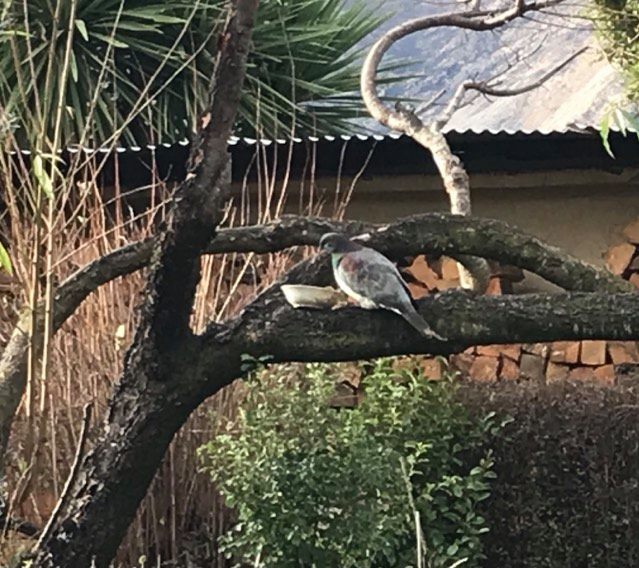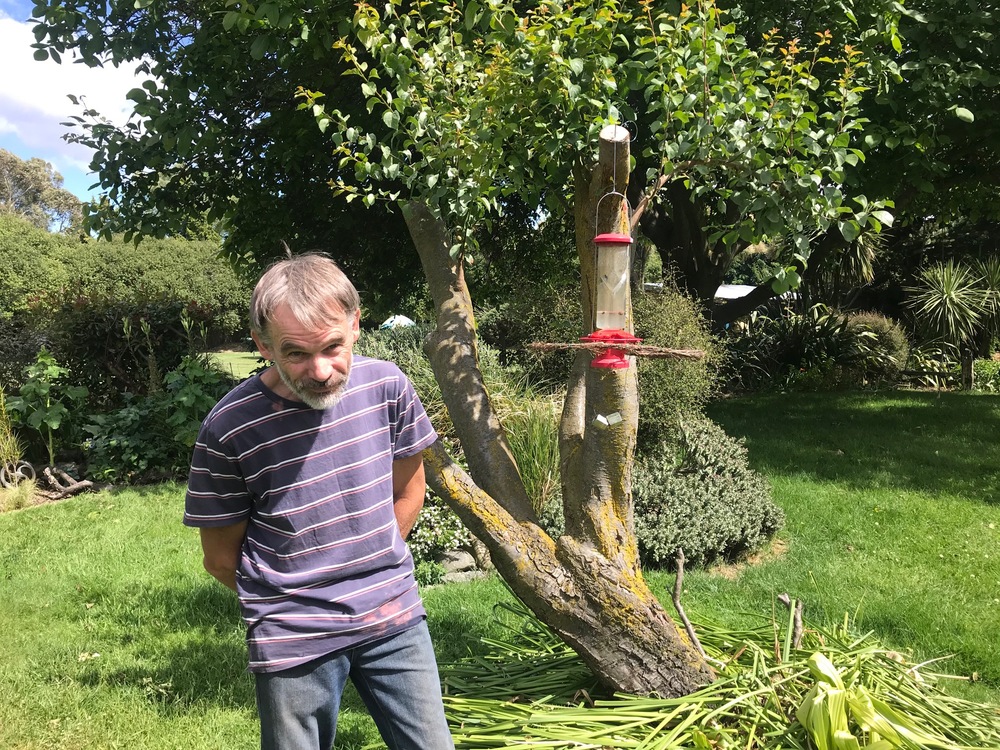Birds thriving in Upper Clutha
Zella Downing
03 January 2021, 5:00 PM
 Silvereyes gather to feed in Hamish Horsley’s Hāwea garden. PHOTO: Hamish Horsley
Silvereyes gather to feed in Hamish Horsley’s Hāwea garden. PHOTO: Hamish HorsleyMany Upper Clutha residents have noticed an increase in the number of birds being seen and heard in the area, and the latest results from the New Zealand Bird Survey, organised by Manaaki Whenua – Landcare Research, have the numbers to prove it.
The results from the 2019 New Zealand Bird Survey show increases for pīwakawaka (fantail), tūī, and kererū (wood pigeon). The number of tauhou (silvereye) spotted has been in decline for several years, but this year the decrease lessened.

A range of factors lend themselves to the increase, but at the forefront is the fact 2019 was a "mega-mast" year”. A mast year is one in which trees and other plants produce exceptionally high amounts of seed, and in 2019 more than average amounts of seed was being produced.
Big flowering mast seasons result in more birdlife. Kris Vollebregt of Wanaka Backyard Trapping suspects the profuse flowering of flax, cabbage trees and ovaria is driving the increase.

A kererū visits the garden. PHOTO: Hamish Horsley
Mast years, which manifest in beech forests, give a boost to the whole food cycle, increasing the number of predators, mice, rats and stoats, as well. These animals turn to birdlife as a food source when the seed supply runs out.
Kris said there have been two mast years in a row, but there is a six to eight year lag before any significant difference can be seen within a particular area and confirmed to be associated with the trapping programme.
Backyard Trapping has only been in operation since 2018, and while Kris is certain all the people trapping privately are making a difference, she said no definite data can be drawn from the work yet.

Hamish says “tree alleyways” encourage birdlife. PHOTO: Wanaka App
Hāwea Flat bird enthusiast Hamish Horsley has noticed an increase in birdlife in his own backyard.
"I didn't use to have tui in my garden, and now I do," he said.
Hamish is visited by the occasional kererū (wood pigeon) as well. He believes the increased number of native plants being grown, and the increased number of gardens, might be bringing more bird life into the area. While previously much of the land was open fields, there are now "tree alleyways" for birds to travel safely along: They are no longer confined to one area to find food.
Hamish also wonders whether another cause for an increase in some birdlife may be the pond at Devon Dairy Farms on Camphill Road. Since its establishment three years ago, grey heron have not only arrived but nested and successfully raised their young in the pine trees opposite Hamish’s property.
Kris said tree alleyways are a huge part of successful restoration, so there is a need for native trees and tall trees to be established in an area to support healthy birdlife. Any increase in wetlands will improve birdlife, she said.
The bird survey shows non-native species are not faring so well. The number of song thrush, goldfinch, starling and dunnock have been in decline for the past five years.



